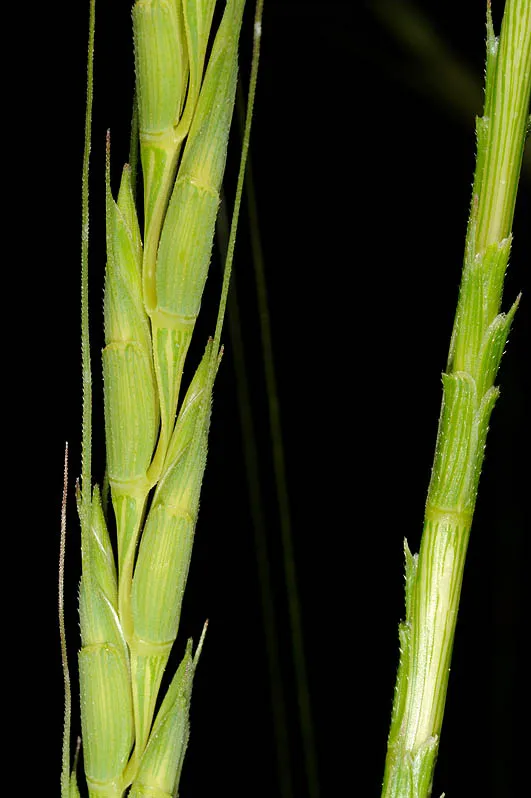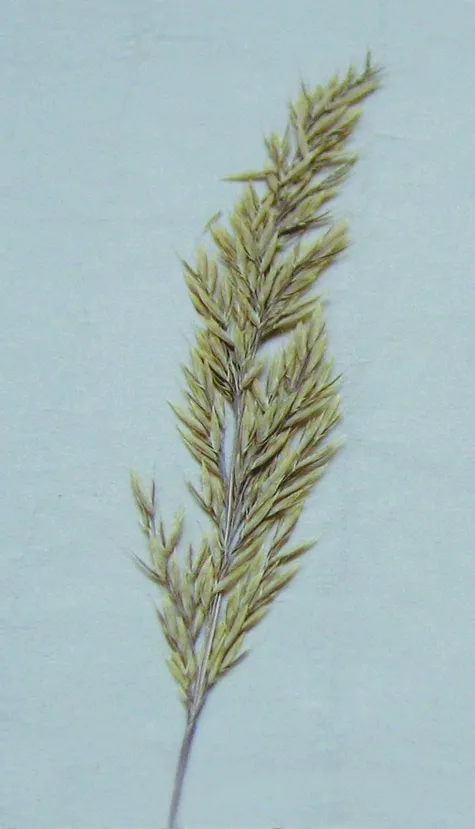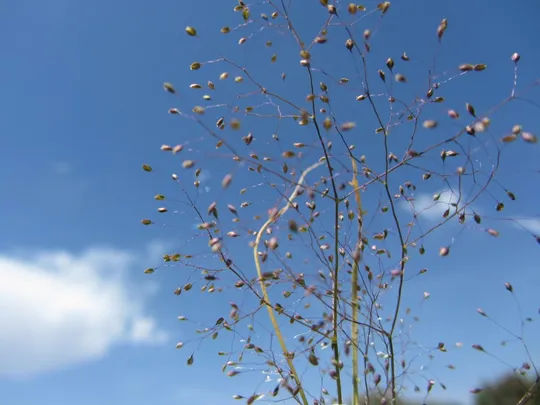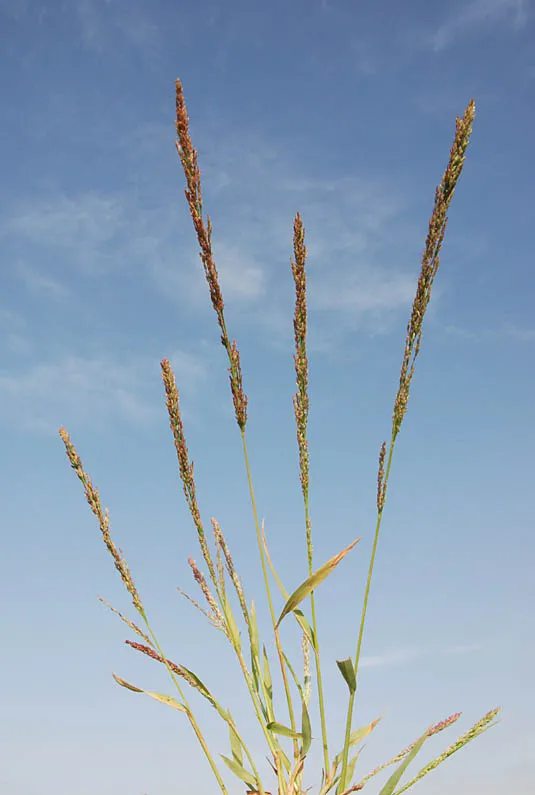Aegilops vavilovii
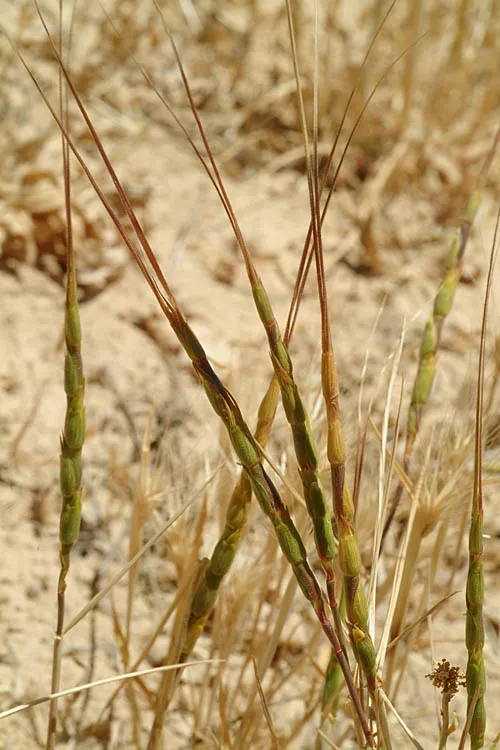
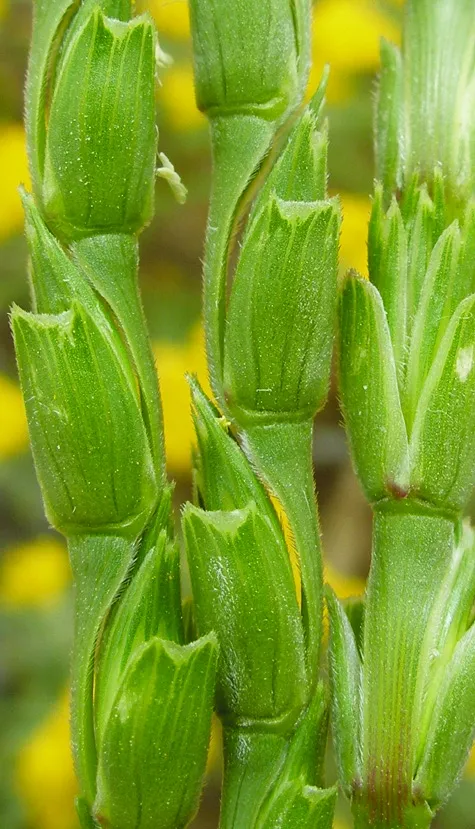
Aegilops is an important plant genus because it resembles and is genetically close to the wheat used for making bread. Today many studies are being carried out to increase the genetic diversity of bread wheat by gene transfer from wild species (wild wheat and species of Aegilops) to it, to increase its resistance to pests and diseases and improve the quality, taste, nutritional value and yields. Preserving the genotypes and diversity of the many Aegilops species in Israel (13 species), is of great importance for the potential for improving wheat in the future.
Aegilops crassa is mentioned in the Flora Palaestina from the Judean Mountains (Jerusalem), the western Negev and from the Negev Highlands: in Jerusalem the species was collected only once, in Zikhron Moshe in 1924 by Michael Zohary. The plant was collected in the Negev Highlands from at least two sites: in 1964 on the side of the road west of Mitspe Ramon at an altitude of 800 meters. The second known site is at upper Wadi Nitsana, 2 km east of the Lots cisterns. At this location, a permanent population is observed every year (last observation made in the spring of 2005). Another site was found adjacent to the Lots cisterns in 2005 (Etan Malat).
Loess patches at the base of slopes and in stream channels in the Negev Highlands, in semi-steppe areas and on the Judean Mountains.
the genus Aegilops has 25 annual species found around the Mediterranean basin and in western Asia. This genus is very close to the wheat genus (Triticum), both belong to the tribe Triticeae in the Gramineae family, and spontaneous crossbreeding between them is known. Aegilops is characterized by flowers arranged in spikelets, sitting on the stem forming dense spikes, in rounded, asymmetrical glumes. In Triticum the spikelets are not hairy at the base, and sometimes do not disintegrate. In Israel there are 13 different species of Aegilops and they comprise about half of the species in the genus.
The systematics of Aegilops is difficult and interesting. Because of its closeness to wheat, extensive research was invested in collecting and studying the genetic- taxonomic status of the species in the genus. This has led to differences of opinion between scientists regarding the taxonomic classification of species and their geographical distribution. A. crassa belongs to the DMS genus group, which in the Levant also includes A. searsii and A. Syria. In the Flora Palaestina (1986) all the populations from Israel and Jordan were classified as A. crassa, but Danin (2004) classifies the populations in Israel (from Jerusalem and the Negev Highlands) as A. vavilovi, which was once considered a subspecies of A. crassa. From Jordan Danin notes both A. vavilovi and A. crassa (according to van Slagen monograph, 1994). Other researchers, however, claim that A. vavilovi is synonymous with A. Syria, and therefore note A. Syria from Jordan. The situation is complicated when plants identified as A. searsii are found in populations of A. Syria that belong to the closely related A. lentissimo. We follow the Flora Palaestina and will not change the plant's scientific name, but will endeavor to preserve the rare populations that have great importance for nature conservation and the maintenance of a wheat genotype bank for the future.
There is only one population of Aegilops crassa in Israel, in upper Wadi Nitsana near the Lots cisterns. This population, numbering hundreds of plants has been stable for years and is located within the boundaries of the Ramon Nature Reserve, but is endangered there by the possibility of development work done unknowingly or unintentionally.
The area near the Lots cisterns should be marked and monitored twice yearly. Grazing pressure should be regulated.
West Asia – Israel, Jordan, Iraq, Iran, Turkey, Trans-Caucasus, Afghanistan and Central Asia.
Aegilops crassa is an annual erect grain, growing on loess soils in high steppes. In other Levant countries, it is not such a rare species. The Jerusalem population is now extinct and the only known stable population is located in the Negev Highlands. In Israel, it is a very rare species, which has great importance as a potential genetic source for species improvement.
קושניר,א. ומילאת, א. מידע בע"פ.
Slagen-van,F.1994, Wild wheats: A monograph of Aegilops and Amblyopyrum. Wageningen Agric. Univ. Papers 7-97.
Current Occupancy Map
| 1000 squre meter pixel | 5000 squre meter pixel | 10000 squre meter pixel | |
|---|---|---|---|
| number of observations | 0 | 0 | 0 |
| in total pixels | 0 | 0 | 0 |
| Family | Gramineae |
| Classification | On the near threatened species list |
| Ecosystem | High Semi-Steppe |
| Chorotype | Irano – Turanian |
| Conservation Site | Upper Wadi Nitsana in the Ramon Nature Reserve |
| Rarity |
1
2
6
|
|---|---|
| Vulnerability |
0
0
4
|
| Attractiveness |
0
1
4
|
| Endemism |
0
1
4
|
| Red number |
1
2.6
10
|
| Peripherality | N |
| IUCN category | DD EW EX LC CR EN VU NT |
| Threat Definition according to the red book | Near threatened |
 Based on:
Based on:
